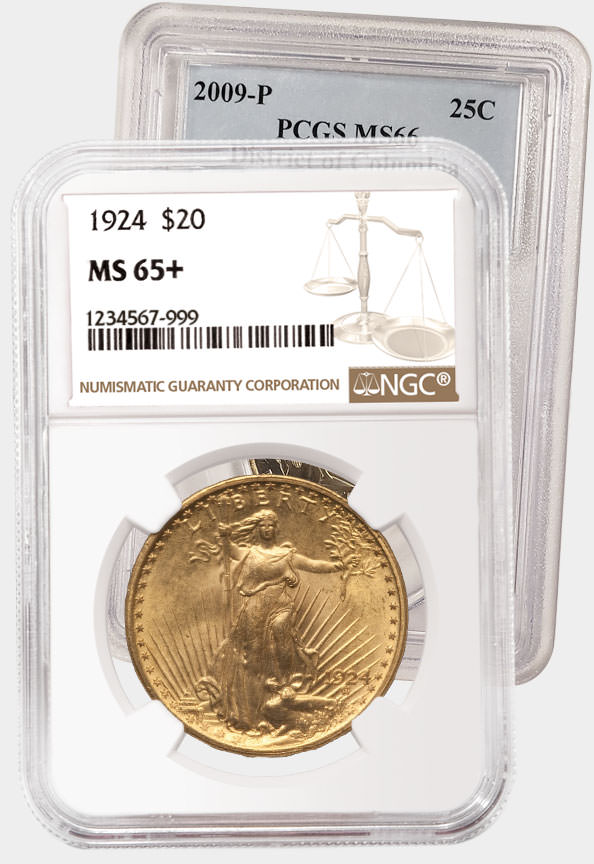400-year-old NGC-certified India Gold Coin Realizes $383,000
Posted on 17/12/2019
A 400-year-old India gold coin certified by Numismatic Guaranty Corporation® (NGC®) realized $504,000 CAN (about $383,000 USD) on December 11, 2019. The extraordinary sum was more than double the pre-sale estimate of $150,000 to $250,000 CAN (about $114,000 to $190,000 USD).
The 1605 Mughal Empire Half Mohur graded NGC XF Details was sold in an auction presented by Walker’s Fine Art & Estate Auctioneers in Ottawa, Ontario, Canada.
“This is a stunning coin with a fascinating history. NGC’s guarantee of its authenticity and grade no doubt helped give our bidders confidence,” said Jeffrey Walker, the auction house’s president.
 |
 |
| This 1605 Mughal Empire Half Mohur graded NGC XF Details realized about $383,000 USD. Click images to enlarge. |
|
The Mughal Empire in the 16th and 17th centuries sprawled across today’s Afghanistan, Pakistan and northern India. From 1556 to 1605, its emperor was Abu'l-Fath Jalal-ud-din Muhammad Akbar, commonly known as “Muhammad Akbar,” or just “Akbar.”
He had a Sunni Muslim background, but he ruled over an expanding realm that included Hindus and other non-Muslims and non-Sunni Muslims.
Akbar demonstrated a commitment to peaceful coexistence and unity in several ways. He repealed a tax that non-Muslims were required to pay in Muslim-controlled lands. He established what he called a “House of Worship,” where theologians of different faiths were invited to try to come to an agreement about a single “divine faith.”
He ordered the creation of coins that combined Islamic and Hindu symbolism. The coins are known to have been issued only in early 1605, just a few months before his death.
The half mohur sold on December 11 has on its obverse figures representing two major Hindu deities, Rama and his wife, Sita. This depiction not only used figures from outside Islam, but it also violated Islam’s general prohibition of portraying people or objects that might be venerated. This prohibition is why most Islamic coins feature Arabic calligraphy of sayings from the Quran.
It is the only known time a Muslim ruler included Hindu deities on his coins. Most of the few that were made were probably destroyed by Akbar’s successors and other orthodox Muslims.
The NGC Details grade was assigned because the coin had previously been mounted. The fact that it had been turned into jewelry likely helped it survive.
The Arabic inscription on the reverse is the year and month in which the coin was struck. The year was 50, according to a new calendar Akbar dated from the beginning of his reign. The month was Farvardin, the first month in the Persian solar calendar.
Mughal Emperors reigned from 1526 to 1857. Shah Jahan, a grandson of Akbar, built India’s most famous landmark, the Taj Mahal.
For more information about Walker’s, go to WalkersAuctions.com.
For more information about NGC, go to NGCcoin.com.
The price realized includes a 20% buyer’s premium.
Stay Informed
Want news like this delivered to your inbox once a month? Subscribe to the free NGC eNewsletter today!
